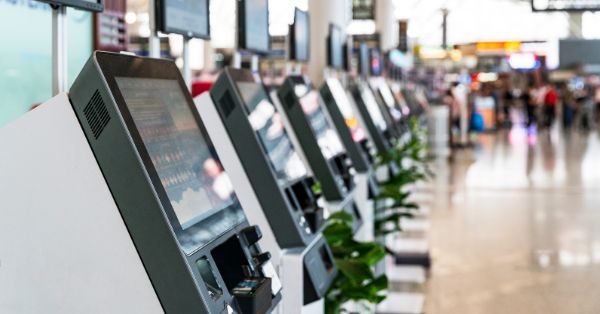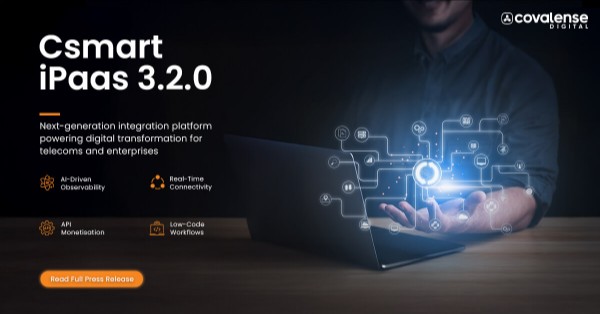Vodafone and Bayer deployed a pilot private 5G network in a greenhouse at the Monheim site, in Germany. The 5G network and IT infrastructure will cover an area of around 11,000 square meters and enable Bayer researchers in insecticide research to test new technologies more efficiently and quickly.
Bayer will gain new knowledge about plant health quickly with the help of fully autonomous robots, digital images, and videos evaluated by AI (computer vision) and other new data collection and analysis methods. Based on automated processes and real-time processing of large amounts of data, new innovative solutions can be developed in the laboratory, greenhouse, production, and field to make industry and agriculture even more sustainable.
Alexander Saul, Head of Corporate Customers at Vodafone Germany, said: “Digitization covers all areas of life, including agriculture. Networked digital technologies will make crop production in research and agriculture more sustainable and efficient and increase crop yields for the food supply. The basis for this is the 5G network with high bandwidths and extremely low response times in order to transport the resulting data volumes and reliably maintain the flow of information. We look forward to this pilot project, with which we support Bayer in advancing the digitization of business processes through connectivity.”
Sascha Israel, head of the Digital Transformation and IT department for Bayer’s Crop Science division, said: “Innovation and the digitization of agriculture and our own processes are core elements of the strategy at Bayer. The early use and piloting of new technologies and applications together with our partners provide the basis for this.”
In the state-of-the-art insecticide research greenhouse consisting of 133 chambers, which was inaugurated in 2018, a series of 5G antennas are bringing 5G+ (5G standalone) mobile communications technology. In the research greenhouse, a wide variety of climatic conditions can be individually simulated, such as temperature and humidity, day length, temperature profiles and air filtration allowing experiments to be carried out under realistic, natural conditions.
Greenhouse is already collecting an extensive data and is digitally processing the same for various research activities and forecast models. Various Industry 4.0 and Agricultural 4.0 technologies can now be tested and checked for future broader applications at the Bayer site in Monheim, wth the 5G pilot.
The global agricultural sector and innovation along the entire value chain are crucial to produce sufficiently affordable food in a sustainable way while tackling the impacts of climate change. These challenges are leading to rapid, disruptive changes in the industry, creating new market players, necessitating collaborations and partnerships across the entire food value chain, as well as opening up digital solutions and new sales opportunities.






























